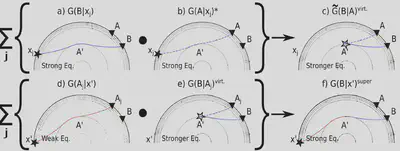Super-virtual Interferometry
In this project, our team established a physics-based denoising model for seismic refraction imaging. Our experimental goal was to understand sub-seafloor geology using refracted seismic energy from geological boundaries. We conducted crustal-scale ocean-bottom-seismometer (OBS) surveys with sufficiently large offset to record refracted signals from deep geological boundaries, such as the MOHO. However, the signal strength decays over large distances resulting in poor signal-to-noise ratio. To overcome this, we developed a novel interferometric signal model for denoising that boosted our efforts to perform denoising, resulting in a subfield of seismic interferometry that we spearheaded: super-virtual interferometry (SVI). SVI constructively stacks refracted energy from hundreds of weak air-gun sources to enhance the signal-to-noise ratio, potentially boosting it in the order of $\sqrt{N}$, where $N$ is the number of intermediate stations between a given source and receiver pair. Our numerical experiments have shown that SVI can enhance the signal-to-noise ratio of the refracted seismic energy and improve tomography and imaging of the crustal structure. We also demonstrated the benefits of SVI for near-surface geophysical experiments that image bedrock. We later developed a similar interferometric signal model for denoising core-mantle boundary (CMB) diffractions in collaboration with seismologists. This signal model for CMB diffractions, along with an intuitive sketch of SVI, is depicted in the figure above.
